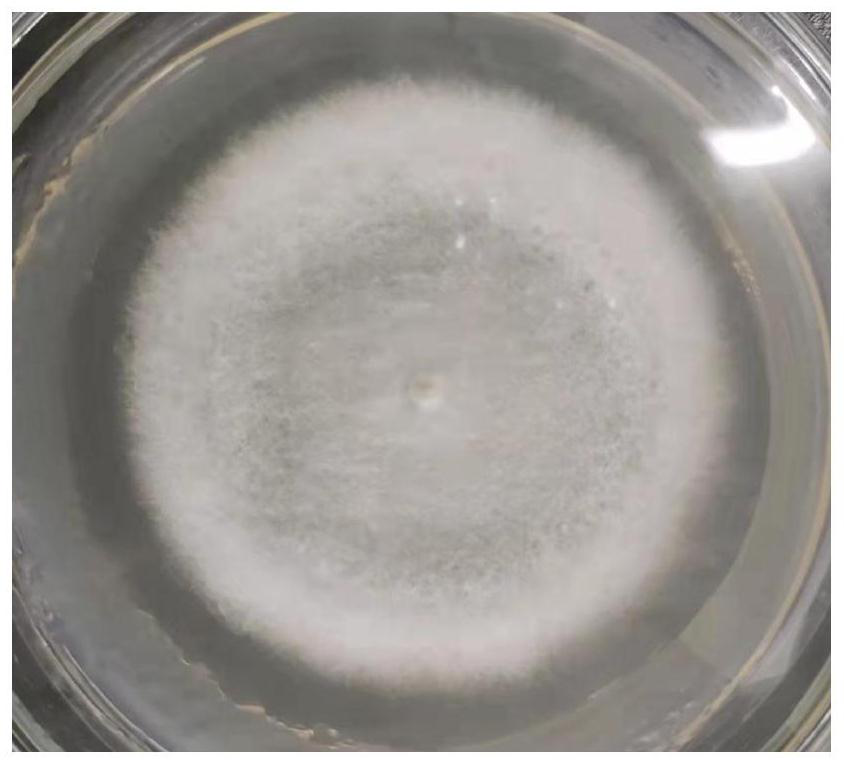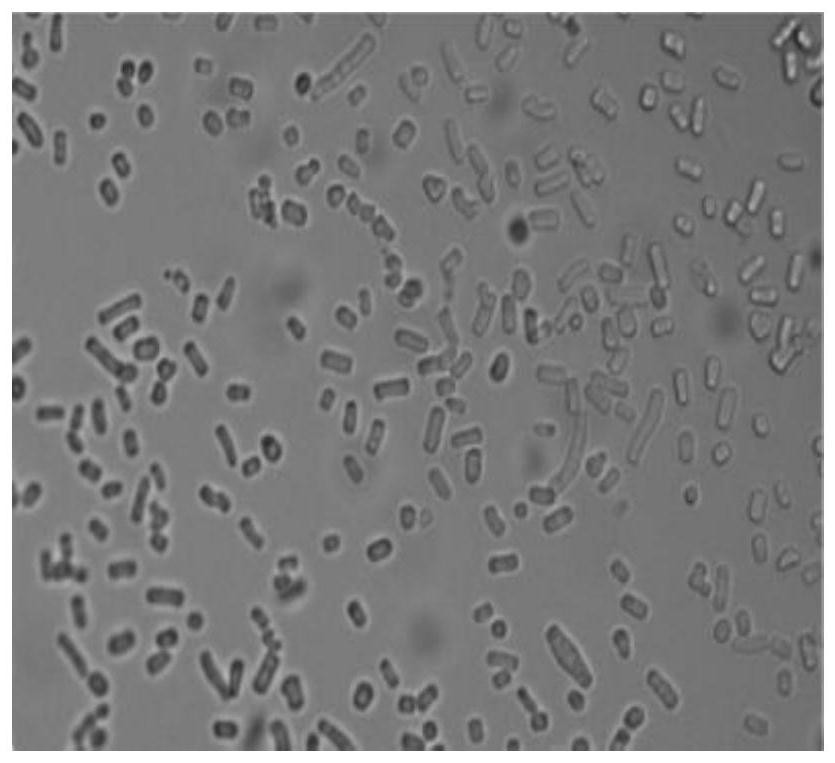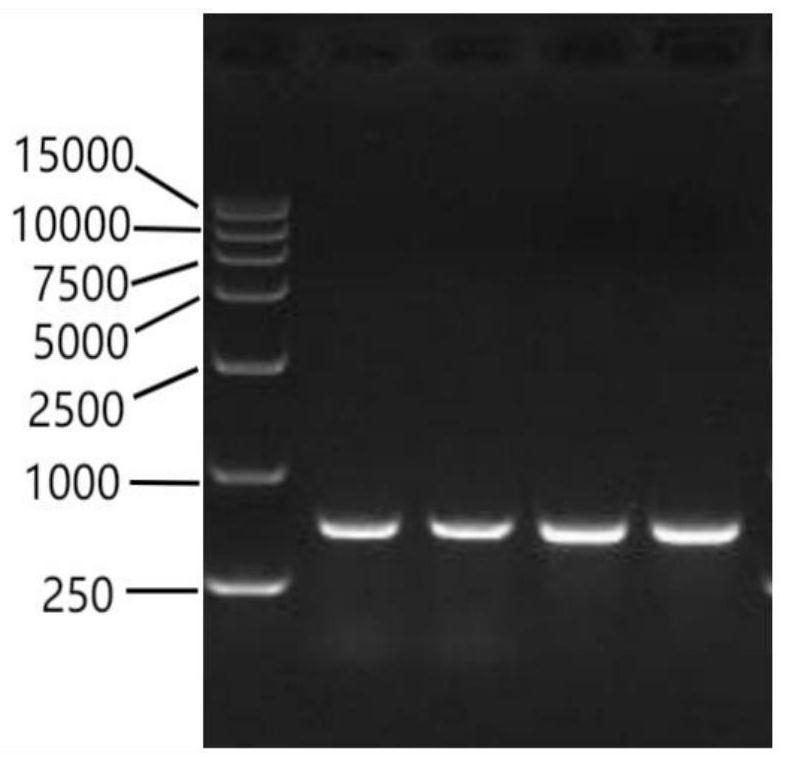Smoke tube fungus F21 and application thereof in kitchen waste wastewater treatment
A technology of kitchen waste and tobacco pipe bacteria, applied in the field of microorganisms, to achieve the effects of stable effluent quality, simple operation and management, and simple operation
- Summary
- Abstract
- Description
- Claims
- Application Information
AI Technical Summary
Problems solved by technology
Method used
Image
Examples
Embodiment 1
[0046] Embodiment 1: Isolation and purification of bacterial strains
[0047] The live locusts were collected from the farmland of Mantan Village, Jiangcheng Hani and Yi Autonomous County, Pu'er City, Yunnan Province. In a sterile ultra-clean workbench, use a sterilized inoculation needle to pick out the intestines of live locusts, add them to an Erlenmeyer flask containing glass beads and sterile saline, and oscillate to mix evenly. Take the above bacterial solution and dilute it in a 10-fold gradient. Take 100 μL of bacterial solution for each gradient and add it to the PDA plate medium, spread it evenly with a smear glass rod, and separate the different colonies when colonies of appropriate size grow on the plate. Dilute different colonies according to 10-fold gradients, and add 100 μL of each gradient to the casein plate medium, oil plate medium and cellulose Congo red plate medium respectively, and spread it with a smear glass rod Evenly, when a colony of appropriate si...
Embodiment 2
[0052] Example 2: Identification of strain F21
[0053] Morphological identification of strains: In a clean bench, use a sterile puncher with a diameter of 6.0mm to intercept fresh strain F21 bacteria blocks, put them in the center of the PDA medium, and cultivate them at a constant temperature of 28°C. Observe the growth status, shape, color, etc. of the colony in time, and record the horizontal and vertical diameters of the colony. On the 4th day of culture, the hyphae at the edge of the colony were picked and placed on a glass slide, and the morphological characteristics of the mycelia were observed with an optical microscope for morphological identification. For morphological identification, refer to the "Handbook of Fungal Identification".
[0054] Morphological characteristics of strain F21:
[0055] (1) Individual shape: with hyphae and spores, the spores are short rod-shaped.
[0056] (2) Colony traits on the solid medium plate: the hyphae of the colony expanded rap...
Embodiment 3
[0064] Embodiment 3: the preservation of bacterial strain
[0065] The fungal strain Bjerkandera adusta F21 of the genus Nicotiana in Example 2 was preserved. The preservation unit is the China Center for Type Culture Collection, the preservation number is CCTCC No: M20211433, and the preservation date is November 17, 2021.
PUM
 Login to View More
Login to View More Abstract
Description
Claims
Application Information
 Login to View More
Login to View More - R&D
- Intellectual Property
- Life Sciences
- Materials
- Tech Scout
- Unparalleled Data Quality
- Higher Quality Content
- 60% Fewer Hallucinations
Browse by: Latest US Patents, China's latest patents, Technical Efficacy Thesaurus, Application Domain, Technology Topic, Popular Technical Reports.
© 2025 PatSnap. All rights reserved.Legal|Privacy policy|Modern Slavery Act Transparency Statement|Sitemap|About US| Contact US: help@patsnap.com



